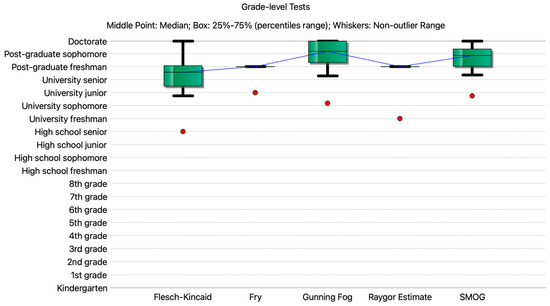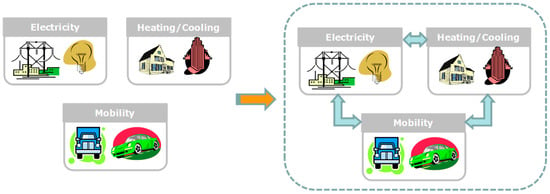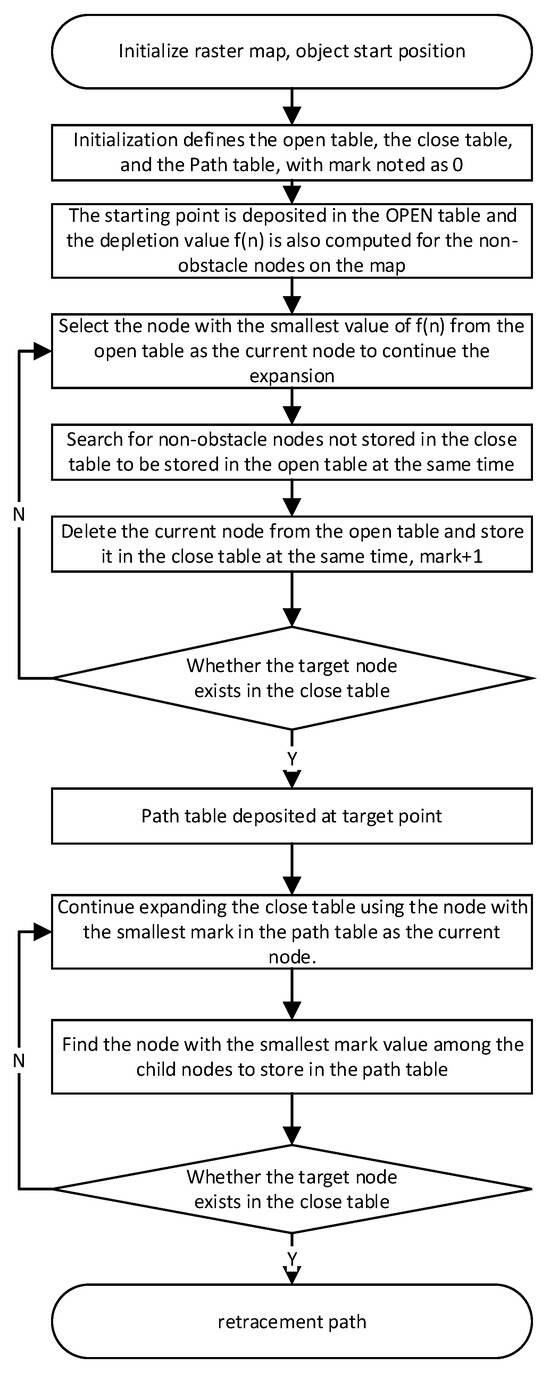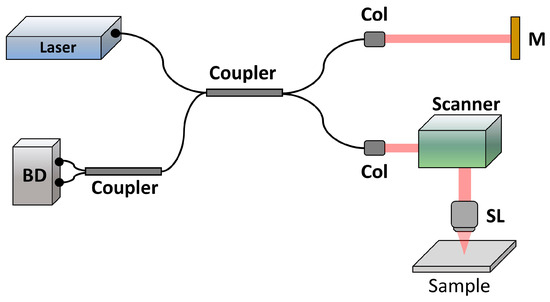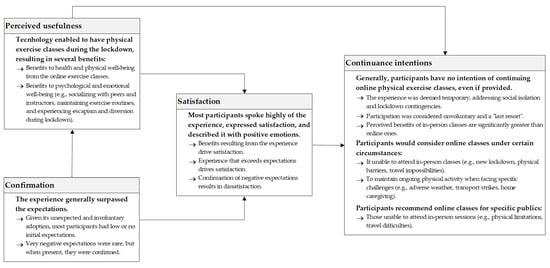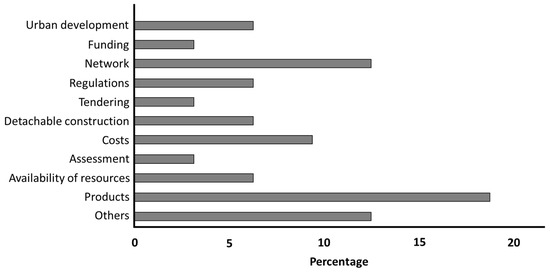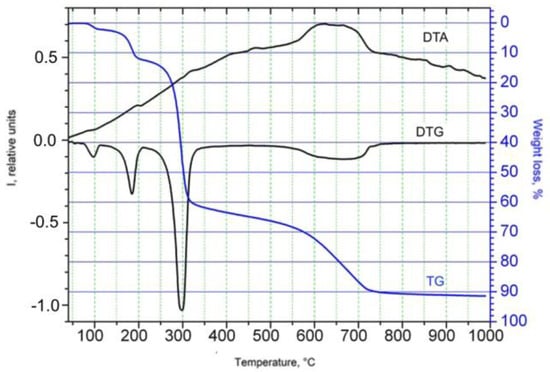Valley surface water is considered a focal public health concern owing to the presence of multi-drug-resistant bacteria. The distribution of antimicrobial resistance (AMR) bacteria in the surface water is affected by the presence of multiple factors, including antibiotics coming from wastewater discharge or other contaminant sources such as pharmaceuticals, biocides, and heavy metals. Furthermore, there is evidence suggesting that high levels of antibiotic resistance genes (ARGs) can be transferred within bacterial communities under the influence of heavy metal stress. Hence, the primary aim of this study is to investigate the presence of heavy metals and bacterial ARGs in upstream as well as downstream locations of Wadi Hanifah Valley in Riyadh, Saudi Arabia. Sample collection was conducted at eighteen surface water sites within the valley in total. The selection of ARGs was associated with the most common antibiotics, including β-lactam, tetracycline, erythromycin, gentamicin, sulphonamide, chloramphenicol, vancomycin, trimethoprim, and colistin antibiotics, which were detected qualitatively using polymerase chain reaction (PCR) technology. The tested antibiotic resistance genes (ARGs) included (
blaNDM-1 (for the antibiotic class Beta-lactamases),
mecA (methicillin-resistant
Staphylococcus aureus),
tet(M) and
tet(B) (for the antibiotic class Tetracycline),
ampC (for the antibiotic class Beta-lactamases),
vanA (for the antibiotic class vancomycin),
mcr-1 (for the antibiotic class colistin),
erm(B) (for the antibiotic class erythromycin),
aac6′-Ie-aph2-Ia (for the antibiotic class Gentamicin),
sulII (for the antibiotic class sulphonamide),
catII (for the antibiotic class Chlorophincol), and
dfrA1 (for the antibiotic class trimethoprim). Moreover, an assessment of the levels of heavy metals such as lithium (Li), beryllium (Be), chromium (Cr), cobalt (Co), arsenic (As), cadmium (Cd), tin (Sn), mercury (Hg), and lead (Pb) was conducted by using inductively coupled plasma mass spectrometry (ICPMS). According to our findings, the concentrations of sulphonamide, erythromycin, and chloramphenicol ARGs (
erm(B),
sulII, and
catII) were observed to be the most elevated. Conversely, two ARGs, namely
mecA and
mcr-1, were not detected in the samples. Moreover, our data illustrated a significant rise in ARGs in the bacteria of water samples from the upstream sites as compared with the water samples from the downstream sites of Wadi Hanifah Valley. The mean concentration of Li, Be, Cr, Co, As, Cd, Sn, Hg, and Pb in the water samples was estimated to be 37.25 µg/L, 0.02 µg/L, 0.56 µg/L,0.32 µg/L, 0.93 µg/L, 0.01 µg/L, 200.4 µg/L, 0.027 µg/L, and 0.26 µg/L, respectively, for the selected 18 sites. Furthermore, it was revealed that the concentrations of the screened heavy metals in the water samples collected from various sites did not surpass the maximum limits set by the World Health Organization (WHO). In conclusion, this study offers a concise overview of the presence of heavy metals and ARGs in water samples obtained from the Wadi Hanifah Valley in Riyadh, KSA. Such findings will contribute to the ongoing monitoring and future risk assessment of ARGs spread in surface water.
Full article
 IJMS
IMPACT
IJMS
IMPACT Applied Sciences
IMPACT
Applied Sciences
IMPACT Sustainability
IMPACT
Sustainability
IMPACT Sensors
IMPACT
Sensors
IMPACT JCM
IMPACT
JCM
IMPACT Materials
IMPACT
Materials
IMPACT Molecules
IMPACT
Molecules
IMPACT Energies
IMPACT
Energies
IMPACT Electronics
IMPACT
Electronics
IMPACT Remote Sensing
IMPACT
Remote Sensing
IMPACT Cancers
IMPACT
Cancers
IMPACT Nutrients
IMPACT
Nutrients
IMPACT Mathematics
IMPACT
Mathematics
IMPACT Foods
IMPACT
Foods
IMPACT Buildings
IMPACT
Buildings
IMPACT Polymers
IMPACT
Polymers
IMPACT Animals
IMPACT
Animals
IMPACT Water
IMPACT
Water
IMPACT Plants
IMPACT
Plants
IMPACT Agronomy
IMPACT
Agronomy
IMPACT Biomedicines
IMPACT
Biomedicines
IMPACT Processes
IMPACT
Processes
IMPACT Microorganisms
IMPACT
Microorganisms
IMPACT Diagnostics
IMPACT
Diagnostics
IMPACT Nanomaterials
IMPACT
Nanomaterials
IMPACT Viruses
IMPACT
Viruses
IMPACT Medicina
IMPACT
Medicina
IMPACT Healthcare
IMPACT
Healthcare
IMPACT Cells
IMPACT
Cells
IMPACT Forests
IMPACT
Forests
IMPACT Agriculture
IMPACT
Agriculture
IMPACT Land
IMPACT
Land
IMPACT JMSE
IMPACT
JMSE
IMPACT IJERPH
IJERPH
 Symmetry
IMPACT
Symmetry
IMPACT Genes
IMPACT
Genes
IMPACT Pharmaceutics
IMPACT
Pharmaceutics
IMPACT Coatings
IMPACT
Coatings
IMPACT Micromachines
IMPACT
Micromachines
IMPACT Pharmaceuticals
IMPACT
Pharmaceuticals
IMPACT Atmosphere
IMPACT
Atmosphere
IMPACT Children
IMPACT
Children
IMPACT Religions
IMPACT
Religions
IMPACT Antioxidants
IMPACT
Antioxidants
IMPACT Life
IMPACT
Life
IMPACT Metals
IMPACT
Metals
IMPACT Biomolecules
IMPACT
Biomolecules
IMPACT Vaccines
IMPACT
Vaccines
IMPACT Education Sciences
IMPACT
Education Sciences
IMPACT Minerals
IMPACT
Minerals
IMPACT Horticulturae
IMPACT
Horticulturae
IMPACT Brain Sciences
IMPACT
Brain Sciences
IMPACT JPM
IMPACT
JPM
IMPACT Bioengineering
IMPACT
Bioengineering
IMPACT




